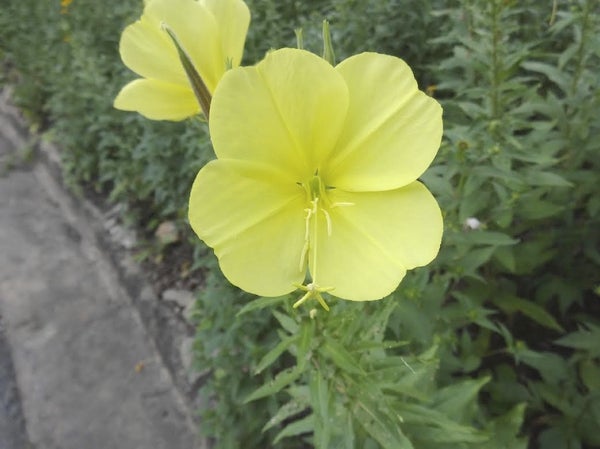Darrell Blackwelder column: A plant worth a night out
Published 12:00 am Friday, July 3, 2015

- Primrose flowers have unusual parts and bloom at night. Cooperative Extension photo
While most of the questions posed to Cooperative Extension are generally problems with insects or diseases, it’s refreshing to get an inquiry about something less negative.
The office received a call and an invitation to view an amazing plant with yellow flowers that only blooms late in the evening. The showy yellow flowers only last for one day, so it required a late evening and early morning visit. The mass planting was evening primrose, Oenothera biennis L., also known as hog weed, King’s cure-all, and fever-plant. The flowering mass is located on the Winchester Circle cul-de-sac located off of 14th street near the street at a residence in Salisbury. You can drive by and take a look, if you wish.
Evening primrose is actually a biennial plant that can best be characterized as a less-than-showy plant with tall, gangly stalks supporting a host of spent flowers and impending yellow flower buds. However, late in the evening through the next morning, the stalks burst into a distinct banner of showy, yellow blooms. The display is quite unusual because the blooms seem to open all at once during the evening hours near dusk and remain intact until the heat of the morning the next day. The blooms themselves are delicate and are not showy into day as summer heat arrives. As the blooms begin to open in the evening, if you listen carefully, you can almost hear a popping sound of the buds opening into the still of the night.
Hummingbirds and other insects feed on its nectar in the late evening and into the early morning. Night-flying hawk moths also visit these flowers to assist in pollination. Close examination reveals flower parts with an extremely unusual stigma or female flower parts. The stigma opens in the bloom on a long, slender tube with four distinctive prongs as part of the structure that gently bends away from the center of the flower.
Evening primrose plants grow best in well-drained soils and thrive in full sun. They can be easily grown from seed and come in a variety of colors from pink and white to deep yellow. These plants reseed themselves heavily each year, so be aware that they may become somewhat of a pest. More detailed information on primroses can be found at http://plants.usda.gov/plantguide/pdf/cs_oebi.pdf
Darrell Blackwelder is the county extension director with horticulture responsibilities with the North Carolina Cooperative Extension Service in Rowan County.





